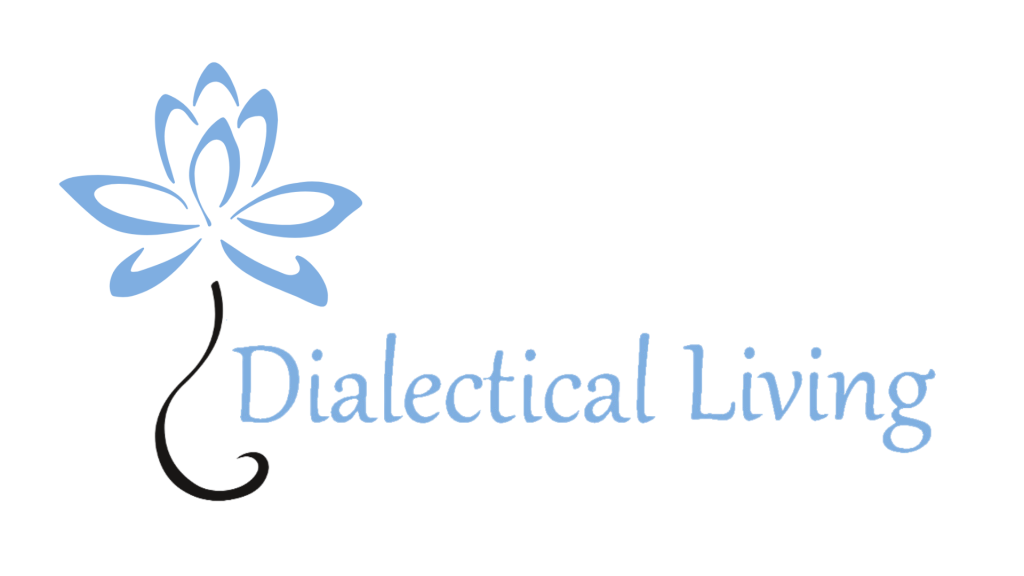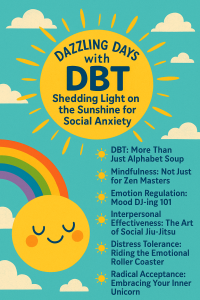Borderline Personality Disorder (BPD) is one of the most misunderstood and stigmatized mental health conditions. Often labeled as “difficult” or “manipulative,” people with BPD face a mountain of misconceptions that can isolate them from the support they need. At the same time, BPD can lead to intense emotional pain, unstable relationships, and a struggle with identity that makes day-to-day life feel overwhelming. There is hope—and that hope often comes in the form of Dialectical Behavior Therapy (DBT).
DBT was originally developed by psychologist Dr. Marsha Linehan specifically to treat individuals with BPD, offering a structured way to manage the intense emotions and self-destructive behaviors that often come with the disorder. It’s a transformative therapy that focuses on building the very skills needed to navigate the storms of BPD, like distress tolerance, emotional regulation, interpersonal effectiveness, and mindfulness.
In this post, we’ll break down how DBT addresses the unique challenges of BPD and why it’s such a powerful tool for building a life worth living.
1. Understanding the Emotional Rollercoaster of BPD
One of the core struggles for individuals with BPD is emotional dysregulation. This refers to the experience of emotions that are incredibly intense and difficult to control. This can lead to rapid mood swings, from extreme anger to deep sadness, often triggered by seemingly small events. To outsiders, these reactions may seem like overreactions, and for someone with BPD, these feelings are real and overwhelming.
DBT teaches that emotions are not inherently bad or wrong. They are just emotions. However, the key is learning how to regulate them. DBT offers tools to:
– Recognize and label emotions: Instead of being swept away by the intensity, individuals learn to identify what they’re feeling, whether it’s fear, sadness, or anger.
– Decrease emotional vulnerability: DBT teaches ways to maintain a healthy baseline through strategies like regular exercise, good sleep, and balanced nutrition, all of which help emotions stay more stable.
– Ride the wave: Emotions are like waves—they come, they peak, and they eventually subside. DBT emphasizes mindfulness techniques to observe these emotional waves without being overtaken by them.
2. Coping with Impulsivity and Self-Harm
Many individuals with BPD engage in impulsive behaviors—whether it’s spending sprees, risky sexual encounters, or self-harm. These behaviors are often attempts to quickly escape emotional pain or to feel something in moments of emotional numbness.
DBT’s distress tolerance skills are critical here. These skills are designed to help individuals tolerate intense emotional pain without resorting to self-destructive actions. Some key techniques include:
– Distraction: Shifting focus from the emotional pain to an activity like going for a walk, watching a movie, or engaging in a creative project.
– Self-soothing: Using the five senses—sight, sound, smell, taste, and touch—to comfort oneself in healthy ways, like lighting a scented candle, listening to calming music, or cuddling with a pet.
– Radical acceptance: Accepting that some situations or emotions cannot be changed right now and finding peace with that reality instead of trying to escape it.
By practicing these techniques, individuals with BPD can gradually reduce the impulsive behaviors that often come as a response to emotional pain.
3. Healing Relationships with Interpersonal Effectiveness
One of the most painful aspects of BPD is the impact it can have on relationships. Individuals with BPD often struggle with a fear of abandonment. This leads to intense relationships that swing between idealization and devaluation. This can result in pushing others away, even though the core fear is being left alone.
DBT’s interpersonal effectiveness skills are designed to help individuals communicate their needs in relationships, set boundaries, and balance the desire for connection with self-respect. Some of the strategies include:
– DEAR MAN: A skill for asking for what you need clearly and assertively, while respecting the other person’s boundaries.
– GIVE: A skill for maintaining relationships by practicing gentleness, showing interest, validating the other person’s feelings, and using an easy-going manner.
– FAST: A skill for maintaining self-respect in interactions by being fair, not over-apologizing, sticking to your values, and being truthful.
By using these skills, individuals with BPD can begin to build more stable, healthy relationships—both with others and with themselves.
4. The Power of Mindfulness: Being Present in the Moment
Mindfulness is a cornerstone of DBT and one of the most powerful tools for individuals with BPD. Mindfulness teaches individuals to observe their thoughts and emotions without judgment, helping them to respond to situations rather than react impulsively. For people with BPD, who often feel overwhelmed by their thoughts and emotions, this practice can be life-changing.
DBT’s mindfulness skills encourage individuals to:
– Focus on the present moment: Instead of being caught up in past regrets or future anxieties, mindfulness brings attention to the here and now, whether that’s the feeling of your breath or the sensation of the sun on your skin.
– Let go of judgments: People with BPD often struggle with self-criticism and harsh judgments. Mindfulness teaches them to observe their thoughts without attaching judgment to them, allowing for a more neutral and compassionate perspective.
Practicing mindfulness can help individuals with BPD feel more grounded and in control, even when emotions are running high.
5. Building a Life Worth Living
One of the unique aspects of DBT is its focus on helping individuals build a life worth living. For many people with BPD, life can feel chaotic, painful, and without purpose. DBT helps individuals identify what’s meaningful to them—whether it’s relationships, career, hobbies, or personal goals—and take steps toward creating a life that aligns with those values.
This doesn’t mean that life becomes easy or pain-free. However, through DBT, individuals learn that even amidst emotional struggles, it’s possible to work toward a life that feels fulfilling and rewarding. Setting small, achievable goals and making progress toward those goals can provide a sense of direction and hope.
Conclusion: Breaking the Stigma, Building Skills
For individuals with BPD, the road to emotional stability and fulfilling relationships can feel long and challenging. However, DBT offers a set of skills and strategies that make that journey possible and transformative. By learning to regulate emotions, tolerate distress, communicate effectively, and stay present, individuals with BPD can break the cycle of emotional turmoil and begin to build a life they’re proud of.
More importantly, DBT helps break the stigma around BPD. People with BPD are not “difficult” or “manipulative”—they are individuals who often feel emotions more deeply and intensely than others. DBT empowers them to harness those emotions and live a balanced, meaningful life.





